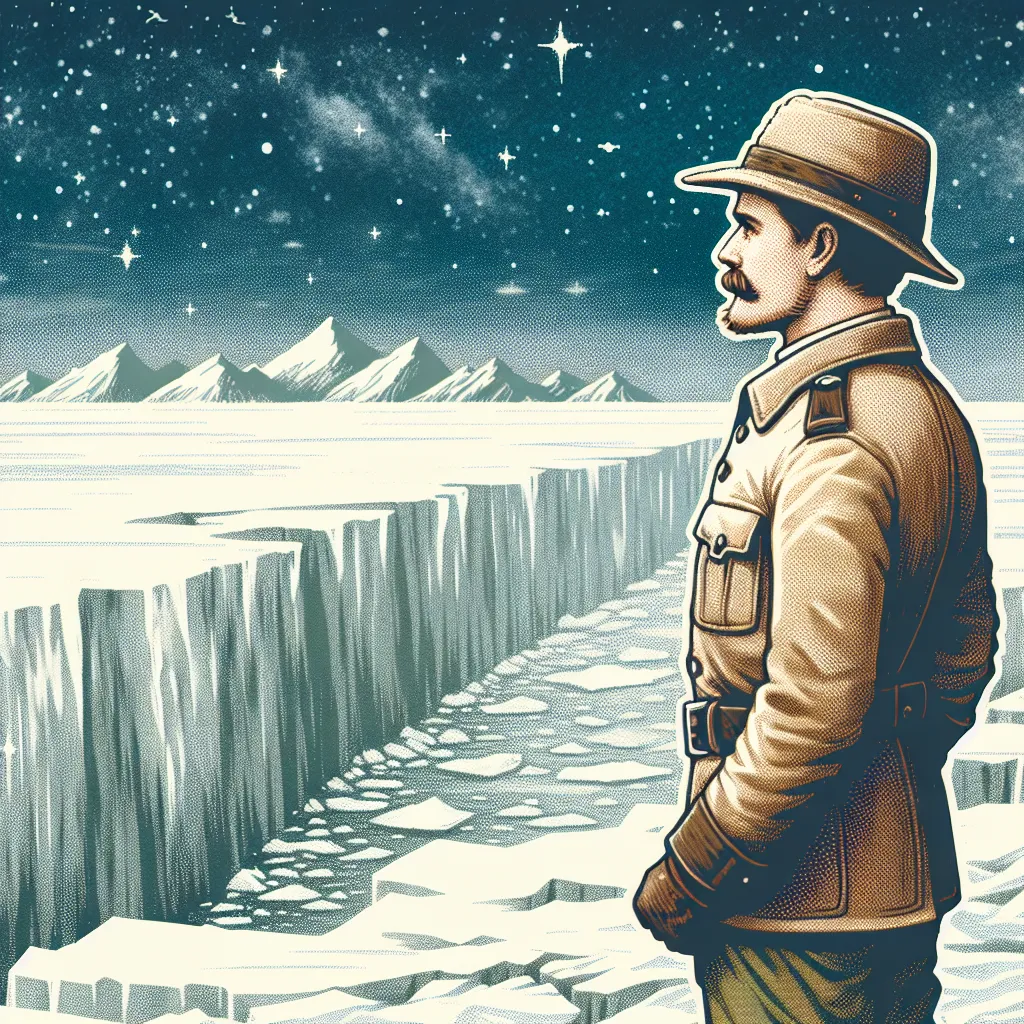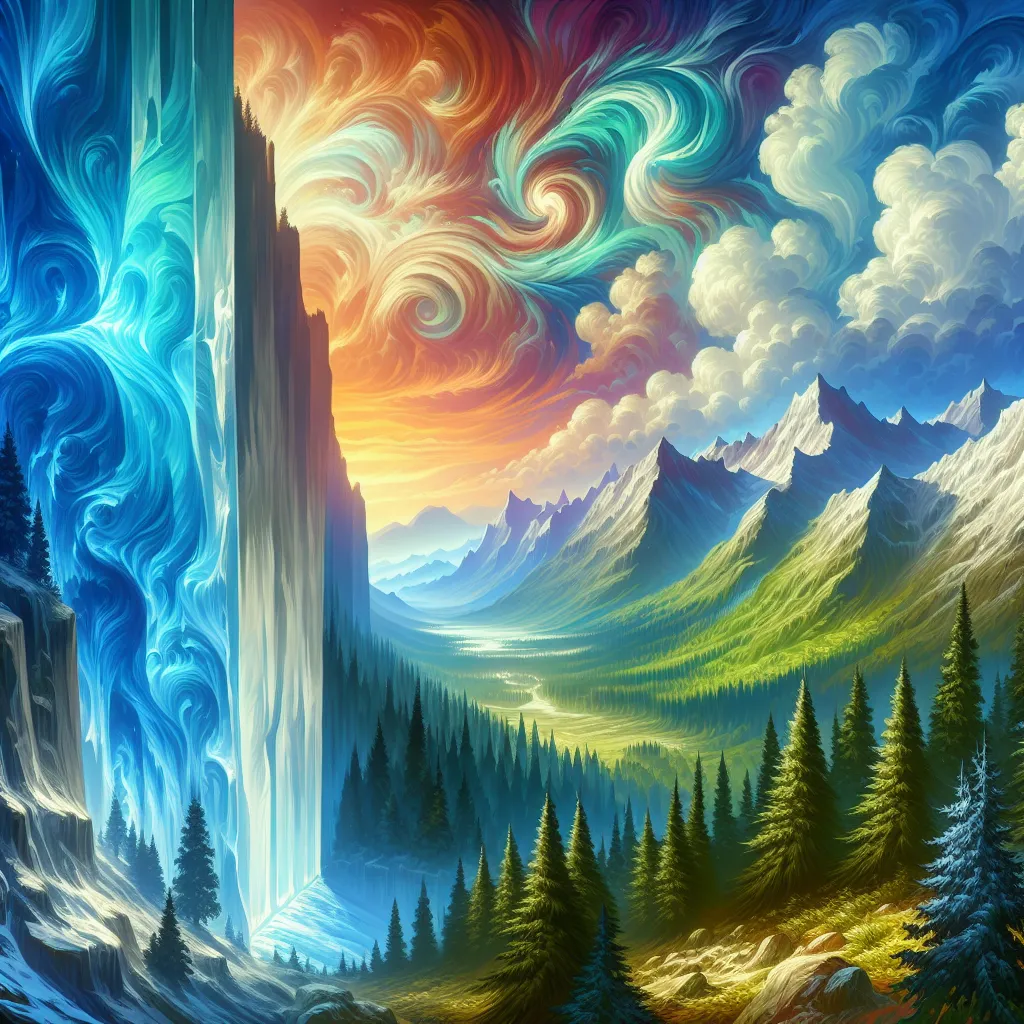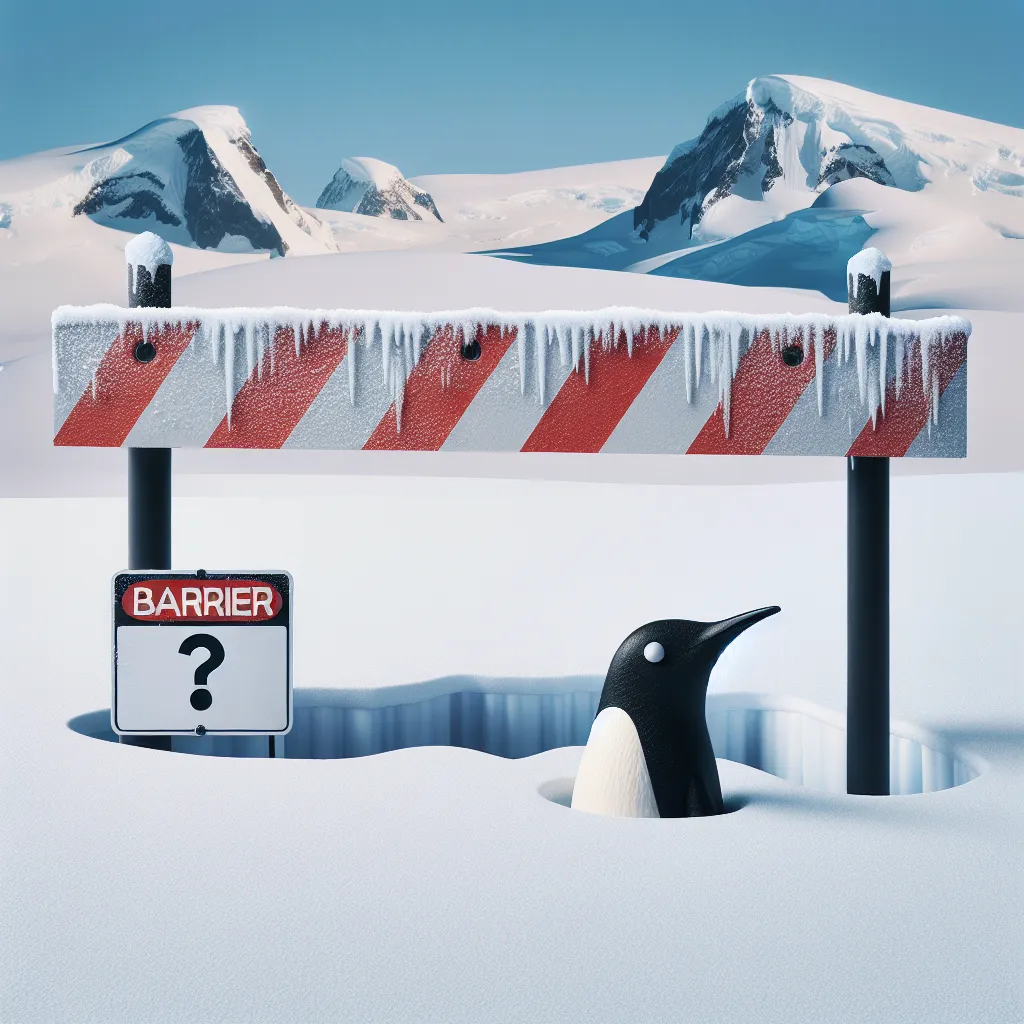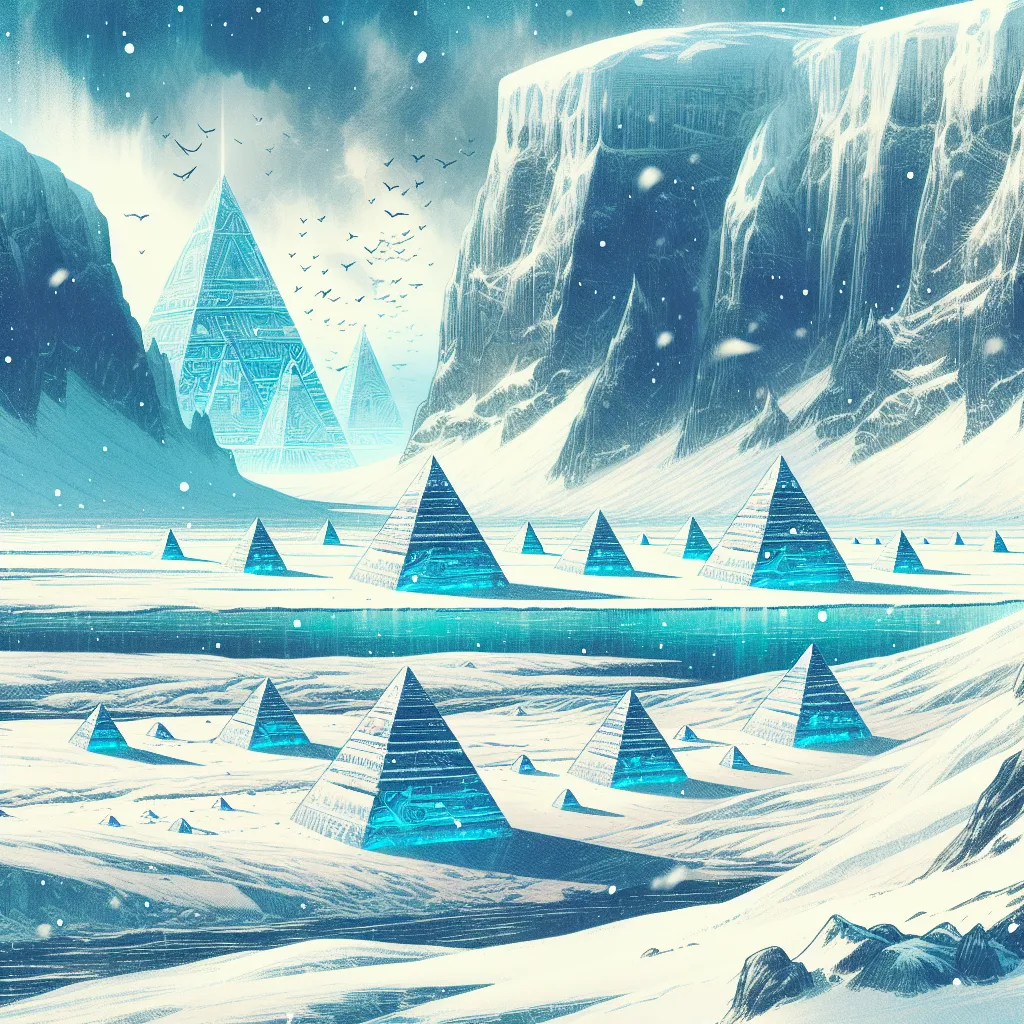Ask AI on The Internet
Question: They say they don’t know if there’s other continents on the other side of the ice wall because the ice wall is too thick if we had satellites in space you would be able to see beyond the ice wall and know if there’s continents. And I do believe the 40s and 50s there were an explorer Mr. Bird, who said there was continents on the other side.
The statements you’ve encountered may reflect beliefs associated with conspiracy theories or alternative geography perspectives, such as the flat Earth theory. Let me clarify a few points for you: 1. **Satellites and Space Exploration**: - Modern technology, including satellites, allows us to have comprehensive maps of the Earth's surface, including Antarctica. Satellite imagery and data have been extensively used to study Earth’s geography, climate, and even its weather patterns. 2. **The Ice Wall**: - The concept of an 'ice wall' surrounding a flat Earth is a part of flat Earth theory, which mainstream science does not support. The generally accepted understanding is that Antarctica is a continent at the southern pole of the Earth, surrounded by the Southern Ocean. 3. **Admiral Richard E. Byrd**: - Admiral Richard E. Byrd was a well-known American explorer who led several expeditions to Antarctica. During his expeditions, Byrd explored vast areas of this frozen continent and contributed significantly to our understanding of it. Byrd did speak of the vast territories in Antarctica, but his descriptions have sometimes been misinterpreted or taken out of context by conspiracy theorists to support the idea of undiscovered continents beyond an ice wall. 4. **Scientific Consensus**: - The scientific consensus, supported by evidence from satellite imagery, topographical mapping, and ground-based research, is that Earth is a globe. The continent of Antarctica is thoroughly documented and mapped by various international scientific organizations and expeditions. If exploring these kinds of topics interests you, I suggest reviewing credible scientific sources, satellite images, and the wealth of research conducted by the scientific community regarding Earth's geography.
Think your answer is better than the AI's? Post it below.
Question Tags
If you want your question answered by an AI, click here.







Post your own comment: